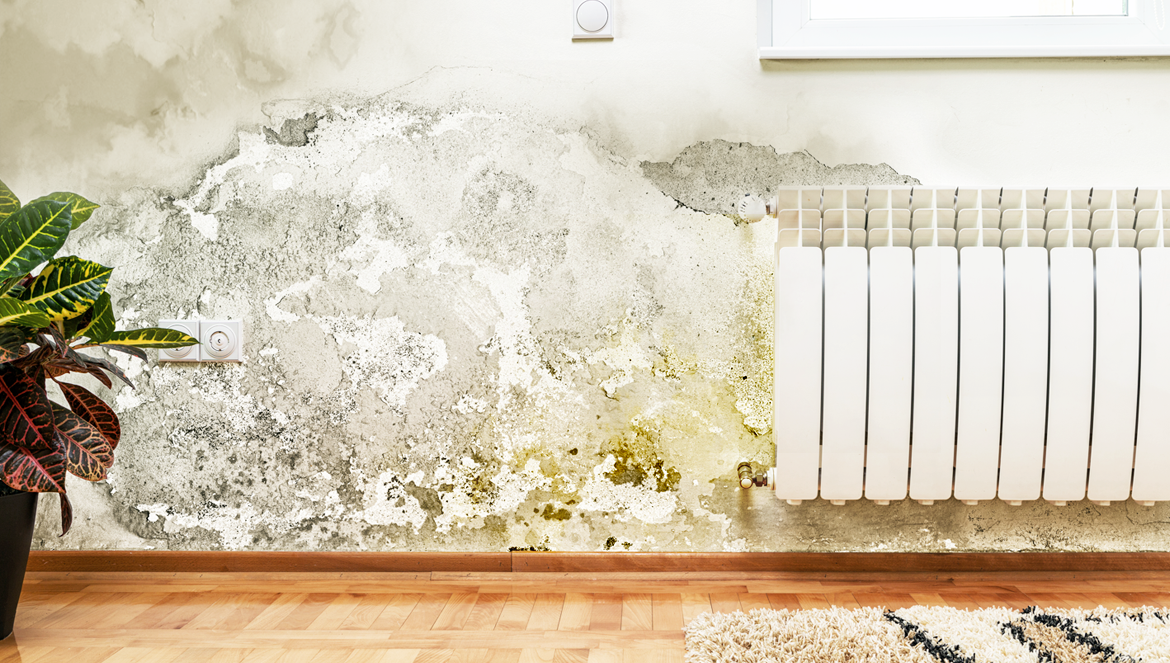How do you know how much moisture you are dealing with in the home? Do you call a plumber or purchase a commercial-grade moisture meter to check the extent of damage to the wall? The extent of damage will determine whether or not you need a drywall repair or replacement service, Dampness and high moisture levels in the home can be catastrophic. It leaves your drywalls and other porous surfaces vulnerable to damage, specifically mold infestation.
Luckily, there are many ways to fix dampness in the walls and at home.
Dampness Problems
There are many common problems associated with high moisture issues.
Wet Patches
What causes wet patches? The number one reason is outdoor water seeps through the cracks and gaps. The water issues might arise from the roof or damaged gutter and find their way through to the walls from the external eaves or soffits.
One of the best ways to address wet patches is to keep your external walls in great condition. Seal all cracks and gaps around the home. Keep the cut drip grooves around your windows clear.
Condensation Accumulation
A buildup of condensation, when left unchecked, can cause significant damage to your structural integrity. Condensation occurs when excessive moisture in the home goes unchecked for an extensive period. If your property lacks a good ventilation system, it traps the moisture which eventually ends up in your walls. This is why it is important to always build a house with proper ventilation.
To prevent condensation buildup, install high-quality ventilation systems all around the house including the bathroom, laundry room, and kitchen. A dehumidifier can also help in reducing moisture levels in the home. Getting rid of the moist air protects the walls from damage.
Water Leaks
Causes of water leaks in the home include broken pipes, a leaky roof, faulty plumbing systems, clogged gutters, or cracks in the foundation. Water leaks can increase moisture levels in the home. Hence, it is advisable to address these issues as quickly as possible to prevent costly damage. Proper ventilation and a functional dehumidifier can keep moisture levels low and help reduce the risk of mold growth.
What to do
If your drywall paint peels or bubbles, the odds are high that you are experiencing increasing dampness in the home. Chances are good that the dampness is higher closest to the floor. The culprits are most likely drainage issues or poor ventilation. Fixing this problem doesn’t have to be any difficult. All you need to do is to improve the room’s ventilation and fix all drainage issues.
Once this is done, you might want to complement your efforts by investing in a dehumidifier. Keep the dehumidifier running all through the high humidity months of summer. Doing this will ultimately reduce moisture levels in the home and improve indoor air quality. Also, a dehumidifier reduces the risk of mold infestation.
If you can’t identify the cause of increased moisture levels in the home, then it is high time you call in the professionals to get the problem fixed.

